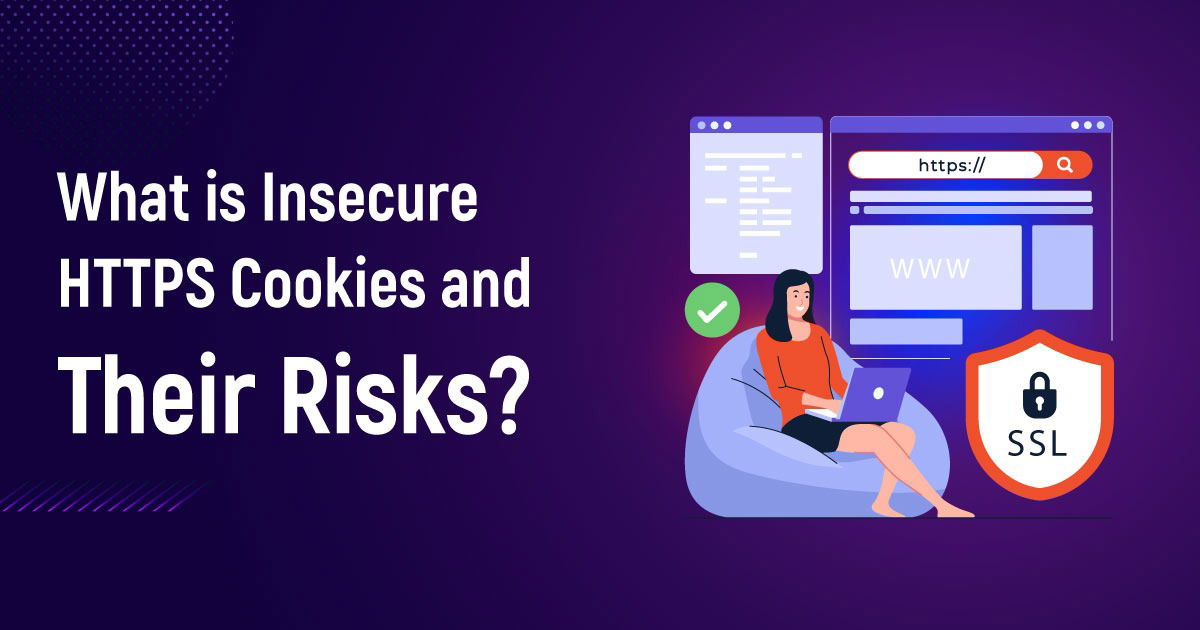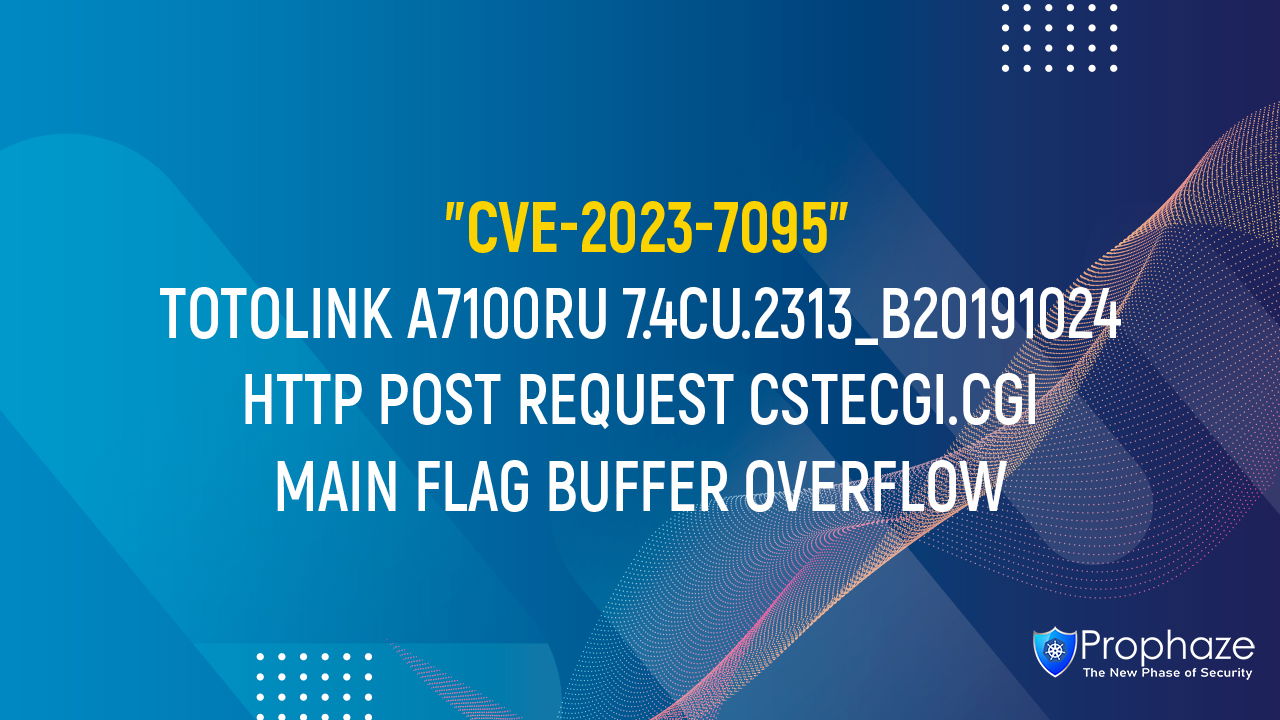HTTPS cookies, essential for website functionality and user experience, become a security liability when not adequately secured. These small data files, stored on users’ devices, can pose significant risks if transmitted over insecure connections.
Understanding Insecure HTTPS Cookies
Insecure HTTPS cookies are those transmitted over unencrypted connections, making them vulnerable to interception by malicious actors. Unlike their secure counterparts, these cookies lack encryption, exposing sensitive information to potential attacks.
Types of Insecure HTTPS Cookies
Transport Insecure Cookies:
Sent over HTTP instead of HTTPS, these cookies are prone to interception during transmission.
Non-HTTPOnly Cookies:
Accessible by JavaScript, non-HTTP-only cookies are at risk of being exploited by malicious scripts.
Persistent Insecure Cookies:
These cookies persist on users’ devices, potentially exposing sensitive data even after sessions have ended.
Common Vulnerabilities
Data Interception Techniques:
Malicious actors can intercept cookies using techniques like packet sniffing or man-in-the-middle attacks.
Examples of Data Tampering:
Attackers can modify cookie content during transit, leading to security vulnerabilities like Cross-Site Scripting (XSS) attacks.
Impacts of Unsecured HTTP Cookies
Data Interception:
Unsecured HTTP cookies can be intercepted, exposing sensitive information to unauthorized access.
Session Hijacking:
Attackers can steal session cookies to gain unauthorized access to user accounts.
Privacy Concerns:
Unauthorized access to cookie data compromises user privacy and may lead to identity theft and unauthorized tracking.
Compliance Violations:
Non-compliance with regulations like GDPR or CCPA due to inadequate cookie security can result in legal consequences and financial penalties.
Trust and Reputation Impact:
Security breaches can damage user trust and the reputation of websites, leading to decreased user engagement.
Preventing Transmission of Unsecured HTTP Cookies

To mitigate the risks associated with insecure HTTPS cookies, follow these best practices:
Secure Connection:
Always use HTTPS to ensure encrypted data transmission, safeguarding cookies from interception.
HTTPOnly Cookies:
Restrict cookie access to HTTP requests only, preventing JavaScript from accessing sensitive cookie data.
Regular Cookie Management:
Regularly eliminates cookies to eliminate stored sensitive information and reduce vulnerability.
Utilize Cookie Managers:
Employ cookie management tools to monitor, delete, and control cookies effectively.
By prioritizing the security of HTTPS cookies and implementing these measures, websites can enhance user privacy, mitigate data interception risks, and uphold cybersecurity standards.
Safeguarding Against Insecure HTTPS Cookies for Enhanced User Privacy
Insecure HTTPS cookies pose significant risks to user privacy and cybersecurity. These vulnerabilities, such as transmission over unencrypted connections and accessibility by malicious scripts, can lead to data interception and exploitation. To protect against these risks, it’s crucial to prioritize secure connections, restrict cookie access, and implement regular cookie management practices. By doing so, websites can enhance user privacy, mitigate data interception risks, and uphold cybersecurity standards, ensuring a safer online experience for all users.








